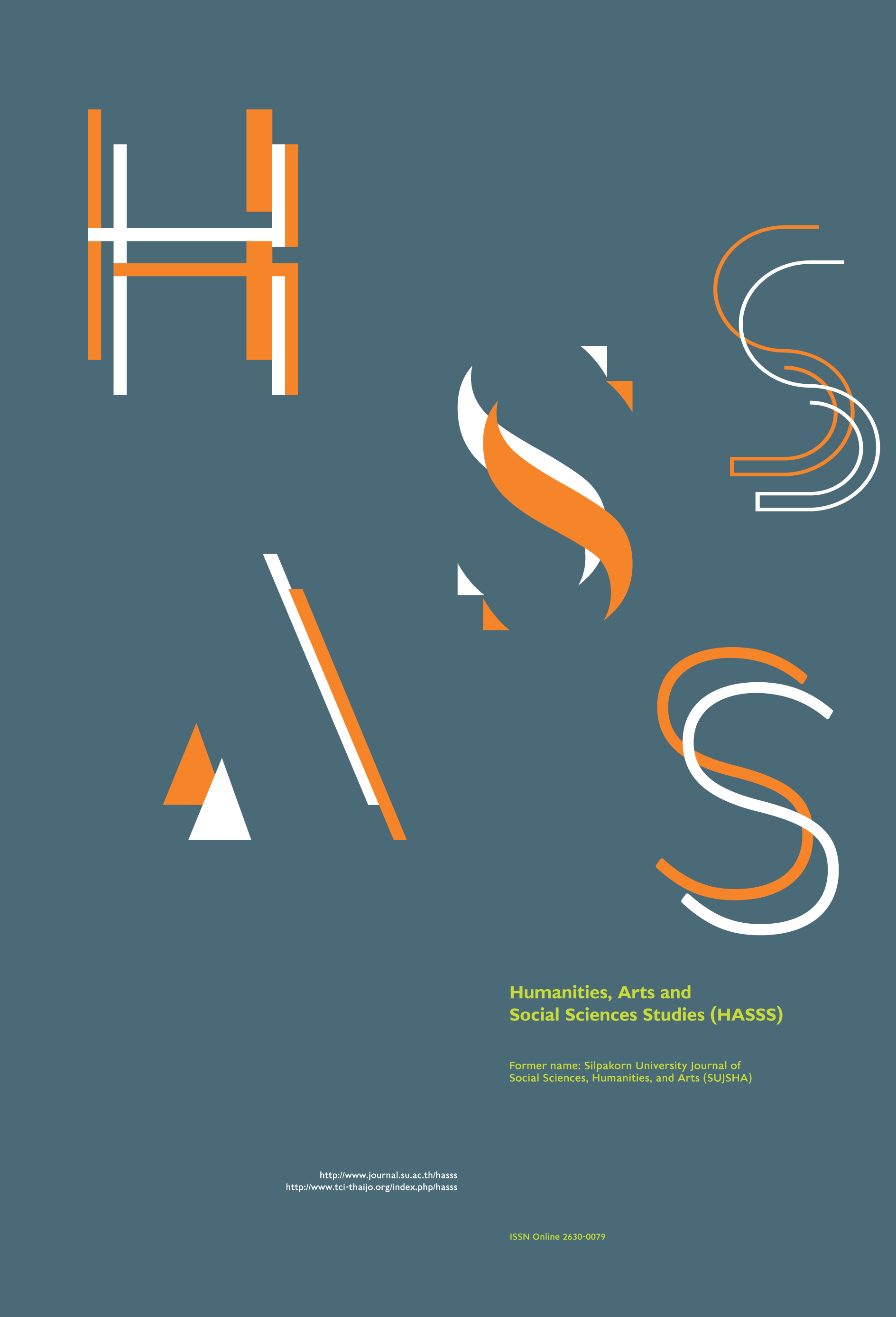Performance as Criticism – Criticism as Performance
Main Article Content
Abstract
Through his exposure to Western performing arts during several decades, the author, also steeped in the performing culture of his own country, has come to realize that criticism does not always function as an independent discourse communicated by the critic, but that works of art themselves do criticize each other. By way of analyzing concrete examples drawn from the fields of literature, theatre, music, radio and television, he has come to the conclusion that criticism inherent in the performing arts possesses a suggestive power that can awaken a critical reception from the public, a power that should be exploited to the full in the media age that tends to stultify creative and critical sensitivity in the people. As far as theory formation is concerned, these concrete experiences have prompted the author to propose a theory of “approximative communication” that can strengthen the hermeneutic capacity of a society, as supremely exemplified by the metamorphosis of semantics into phonetics in the parody, Phra Malethethai, by the lady poet, Khun Suwan, in the reign of Rama III.
Downloads
Article Details
All rights reserved. Apart from citations for the purposes of research, private study, or criticism and review,no part of this publication may be reproduced, stored or transmitted in any other form without prior written permission by the publisher.
References
Lindenberger, H. (2016) Stravinsky, Auden and the Mid-Century Modernism of The Rake’s Progress”. In: Richard Begam and Mathew Smith (Edit.), Modernism and Opera. Baltimore: Johns Hopkins University Press.
Mitchell, D. (1993) The language of Modern Music. London and Boston: Faber and Faber.
Nagavajara, C. (1996) “Parody as Translation”, in: C.N.: Comparative Literature from A Thai Perspective. Bangkok: Chulalongkorn University Press, pp. 247-263.


